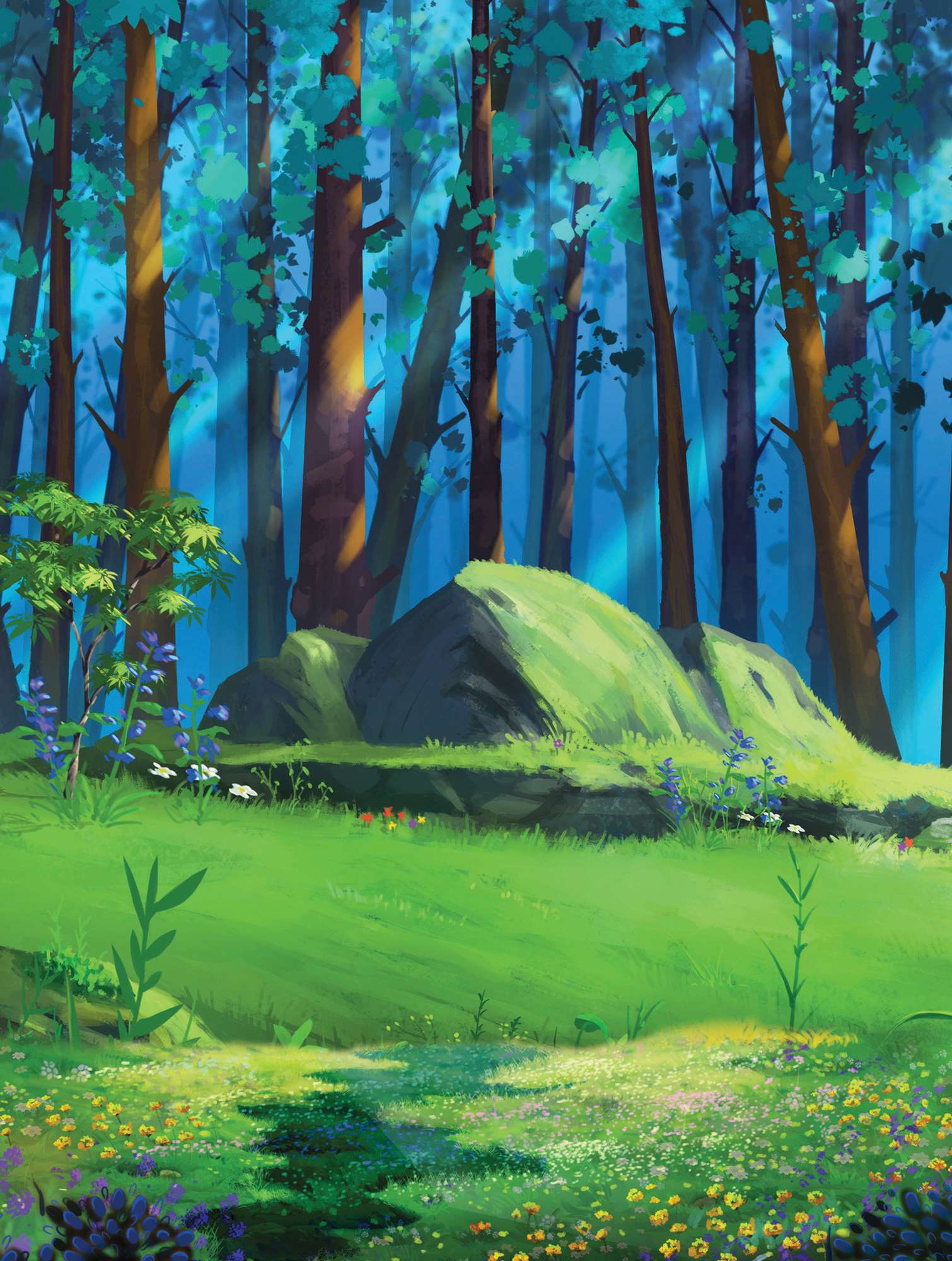
ELLA GARROOD plays piano and double bass and loves anything creative. She runs her own art and face-painting business in Adelaide, is 13 years old and the Illustrator of the I Want To Play That piano series by Thembi Harris and Carly McDonald.
Dr Jason Sifford is a passionate piano teacher and composer. He has been a private piano teacher for more than 20 years. He is also an adjudicator, music director and music lecturer. As a composer, he has written for a large range of different genres. Dr Sifford has written music for young children, more advanced pianists, and also several arrangements of popular and traditional songs for varying audiences.
His new book Beware the Jabberwock has 8 original piano solos for a player of early-intermediate standard, all inspired by Lewis Carroll’s Jabberwocky poem. This collection of pieces has a new style to it. It is different from how his previous books have been written, for more advanced pianists and you can hear that when you play the songs. This new style can only be described as magical, quirky, wondrous and fun.
“This new style can only be described as magical, quirky, wondrous and fun.”
The book has many different songs portraying different circumstances and emotions. The way it has been set out feels like the pianist is going on a journey through the world of Wonderland. My personal favourite piece in Beware the Jabberwock is “The Tumtum Tree” because of its flowy, calm and almost angelic sound. The book is certainly out of the ordinary and an overall winner for me!
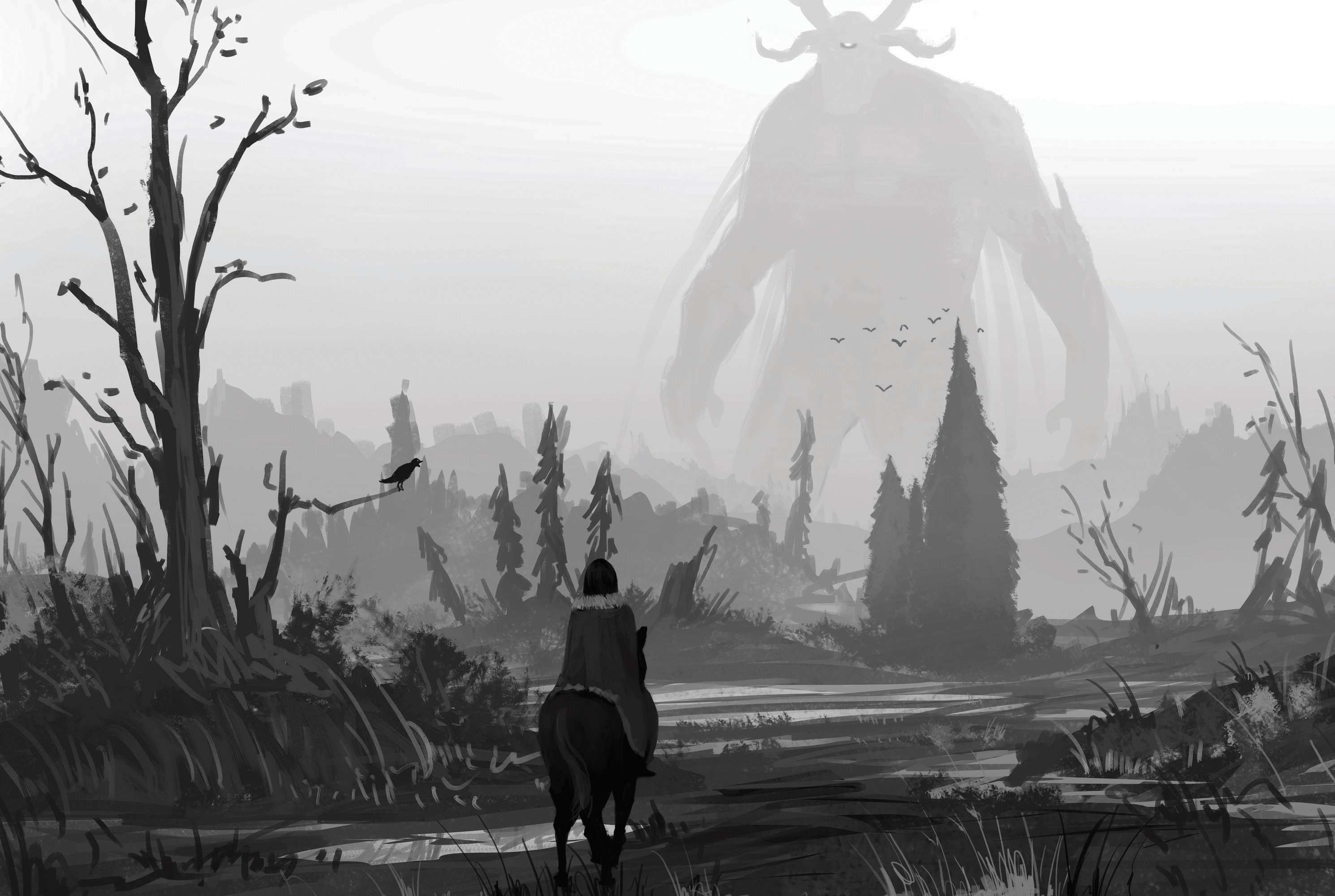
This style of pieces is new for you. What made you create Beware the Jabberwock and choose this style of composing?
I’ve always been a fan of fantasy and sci-fi, and Lewis Carroll’s world is classic fantasy. In terms of style, I wanted to write something that felt a bit like a movie or video game soundtrack. I like listening to a lot of the music written for TV, film and games, but much of that is awkward to play on the piano and is hard to play for festivals and recitals. My hope is to give young pianists some fresh options as they discover their own unique sense of style.
The book is inspired by Lewis Carroll; what about the poem Jabberwocky really interests you? Why did you pick this poem?
Nobody really knows what a Jabberwock is or what a Tumtum Tree looks like, so writing about those things really challenges the imagination. And since Wonderland is such a strange, bizarre place, I felt like I didn’t have to follow all the “rules,” so you’ll notice harmonies and rhythms that are a bit unusual. (I still don’t really know what key “Snicker-Snack” is in. I guess it ends with an A minor chord, but it’s hard to tell that’s where it’s headed until you get there.)
When you wrote this book, who did you most want to see it, pick it up and play it?
Somewhere out there is somebody who needs to know that it’s okay to be different, that feeling unusual, or alone, or scared, or weird, or whatever, can still be beautiful, important, and interesting. I have no idea who those people are, where they live or how old they are, but I know that they’re out there, and this book is for them. (And me, since I used to be that kid.)
There are some fantastic illustrations in this book, particularly the front cover. who was your illustrator?
The graphic designer for the book was Kristen Anhalt, and I agree, her work on the book is absolutely fantastic!
What was the process of turning your thoughts into actual pictures through the illustrator like? What did you do? Was it a hard process?
It wasn’t hard at all. In fact, I didn’t have to do anything! One of the things I love most about the Arts is that everything really is a team effort, and the best way to get the most out of your teammates is to trust them. I had complete faith that Kristin would do amazing work, and she definitely delivered. We also had the help of a great editor, Charmaine Siagian, who made sure everything came together just right.
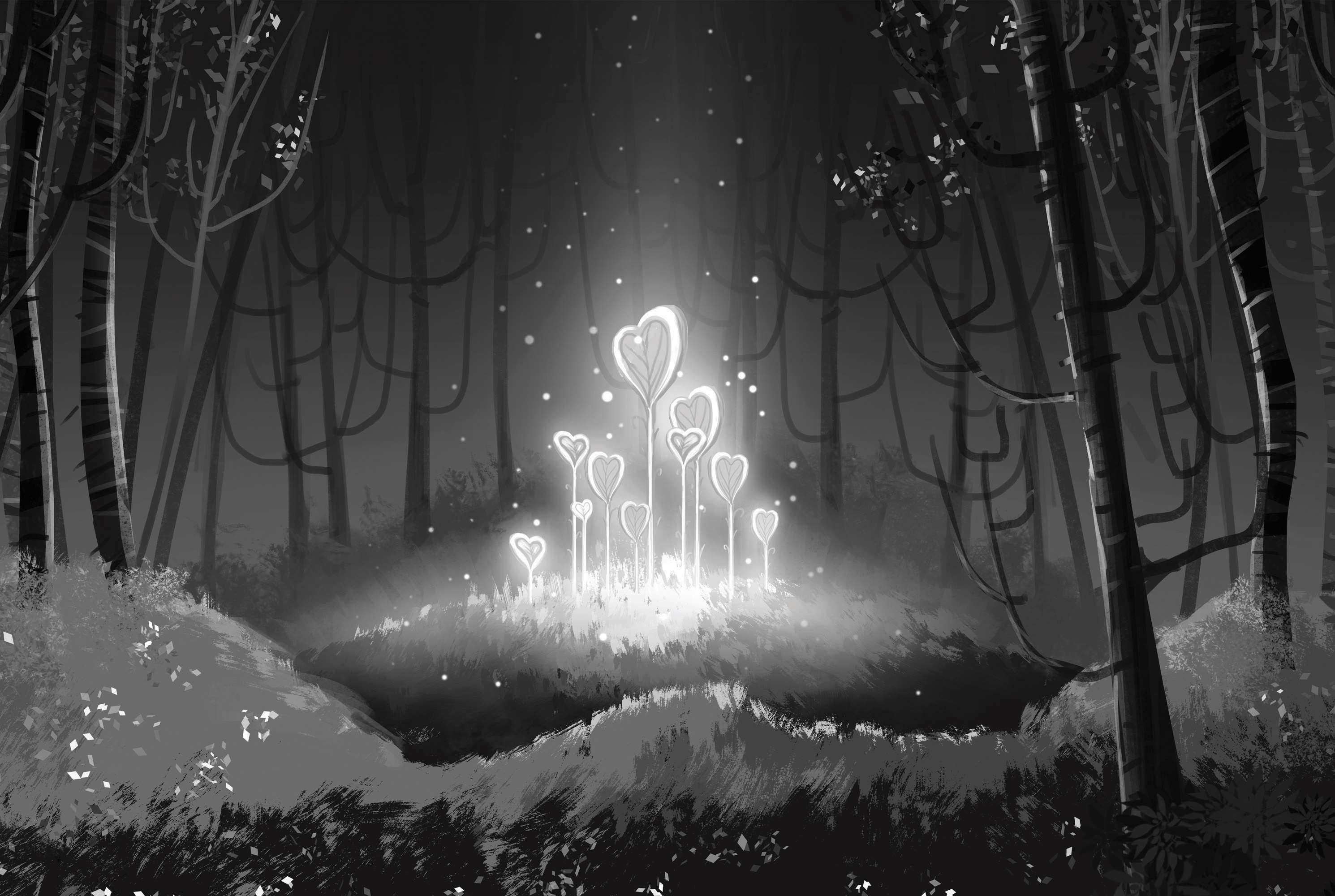
Out of the whole book, which is your favourite piece? Why is it your favourite?
This is such a difficult question! I think my favourite is “In the Wabe.” I really like the opening melody and the idea of the high bells. It also gave me an opportunity to explore the sound of a suspended fourth chord (“sus. 4”). I really like “sus” chords – you’ll hear several “sus. 4” and “sus. 2” chords throughout the book. I also liked the idea of writing a piece in F Major without using any C chords.
“My hope is to give young pianists some fresh options as they discover their own unique sense of style.”
What is the actual experience of writing your own music, turning it into a book, and seeing it on the shelves like?
It’s a strange journey. It starts simply enough – you sit down at a piano and scribble some ideas on a piece of paper. Some days you have good ideas and it’s really fun. Other days it’s hard to come up with anything and it’s really frustrating. Eventually, things start to take shape and I play through some of the pieces for my family and friends. I ask them for their opinions, change some things that need work, and send it off to the editor and graphic designer so they can get it ready to send out into the world. All of the proofreading and artwork takes a few months to get done, then a copy of the book shows up in my mailbox at home. A week or two later, it starts showing up on the shelves. At that point, I have two thoughts. First, it’s hard to believe those scribbles actually turned into a real book. And second, I run back to the piano for a new set of scribbles. (I’ve already got some ideas for a new book, but right now it’s just scribbles. Stay tuned for what comes next!)
Thank you Jason for having a chat with me. I can’t wait to see your future piano solos!
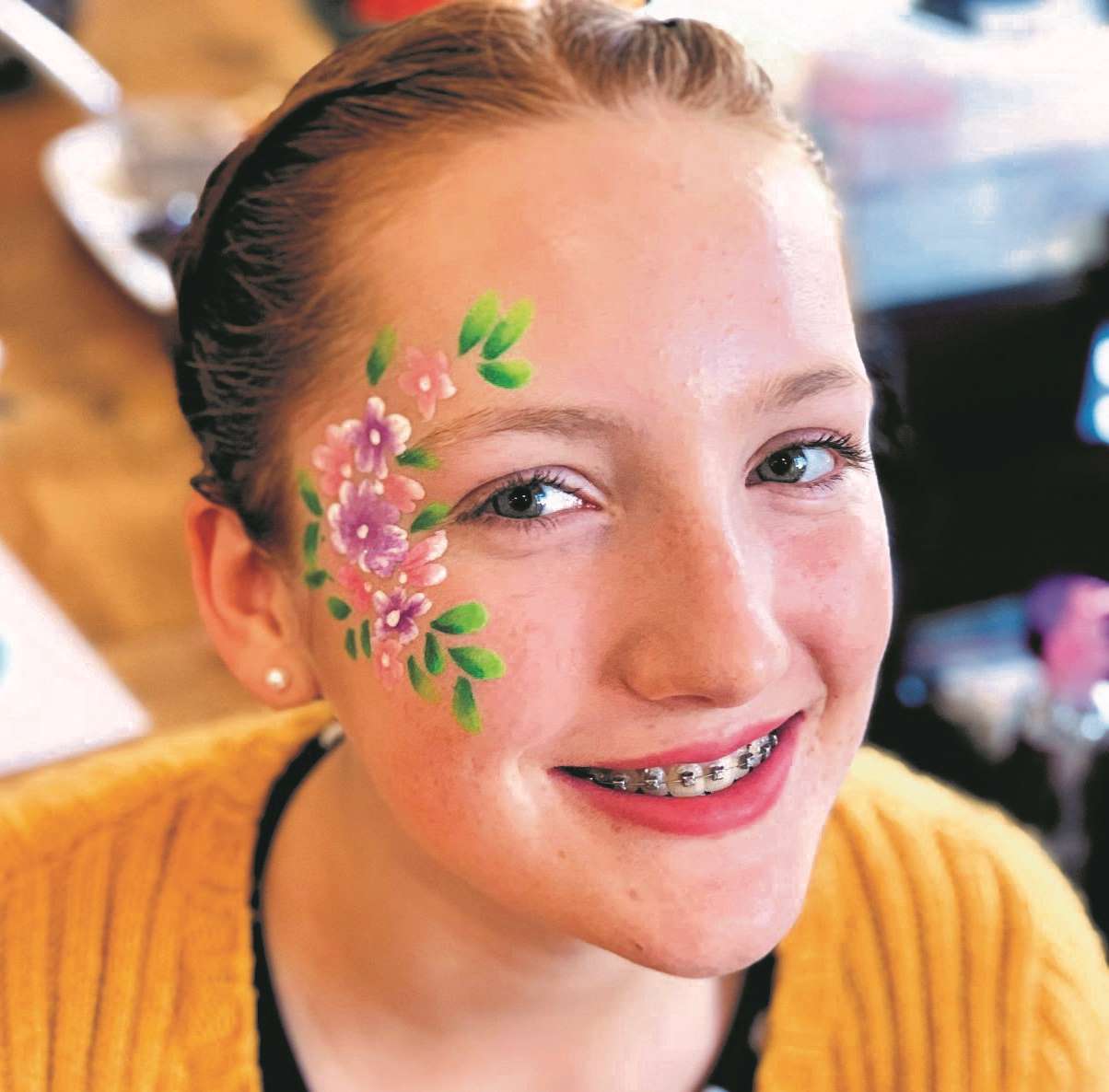
ELLA GARROOD plays piano and double bass and loves anything creative. She runs her own art and face-painting business in Adelaide, is 13 years old and the Illustrator of the I Want To Play That piano series by Thembi Harris and Carly McDonald.
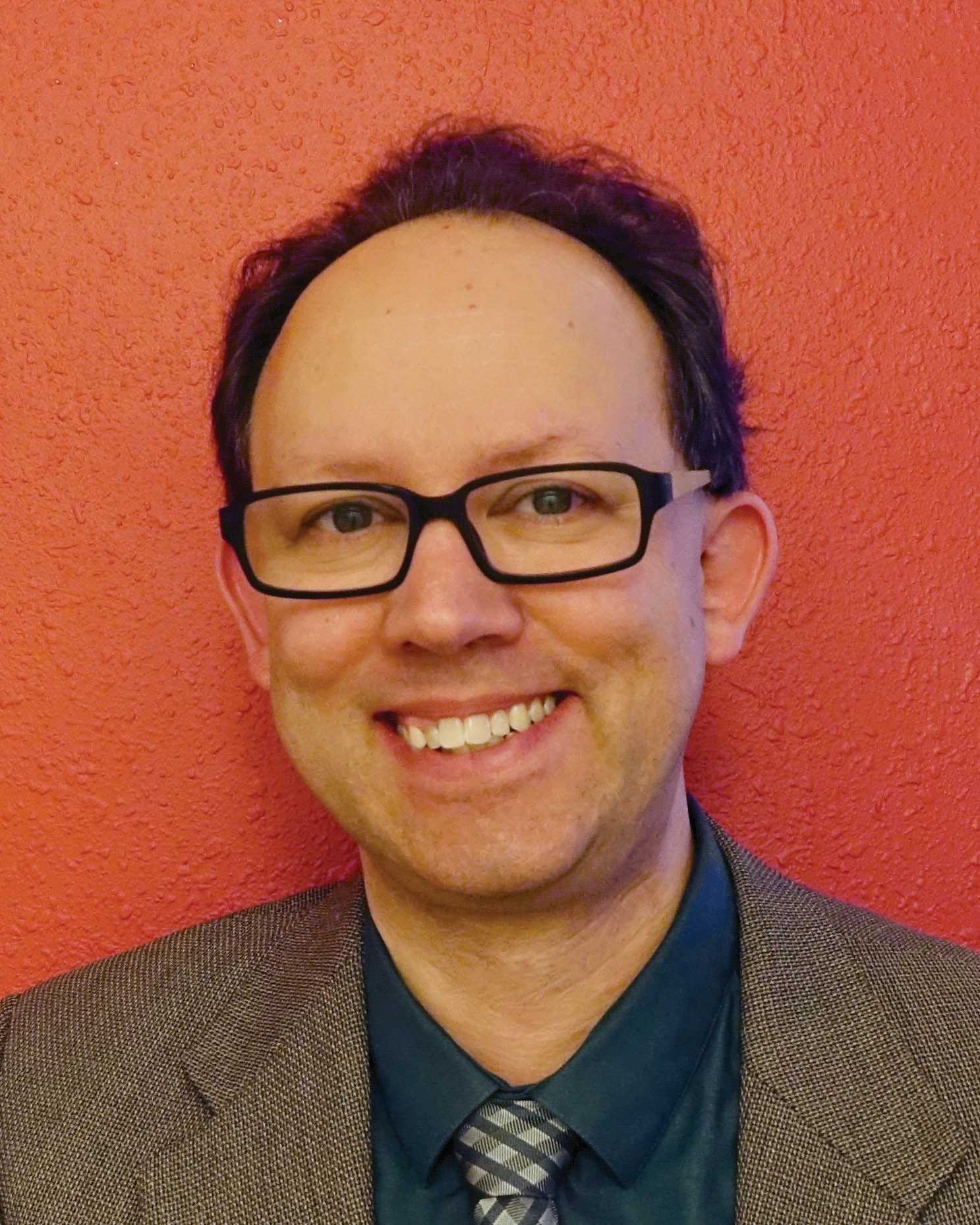
DR. JASON SIFFORD is a freelance pianist, teacher, and composer. He teaches at Cornell College (Iowa), maintains a private teaching studio in Iowa City, and is in demand as an adjudicator and clinician, lecturing on such diverse topics as classical performance practice, jazz pedagogy, technical development in young pianists, composition, and music technology. He also appears regularly as a music director and theater musician. As a composer, Dr. Sifford is primarily interested in didactic literature for the piano, and his catalogue includes several solo collections, a baroque suite, and arrangements of popular and traditional songs. His music is featured in the state syllabi for Iowa and Minnesota, the bulletin for the National Federation of Music Clubs, and the Royal Conservatory of Music (Canada). Dr. Sifford holds degrees from Missouri State University, Louisiana State University, and the University of Michigan.